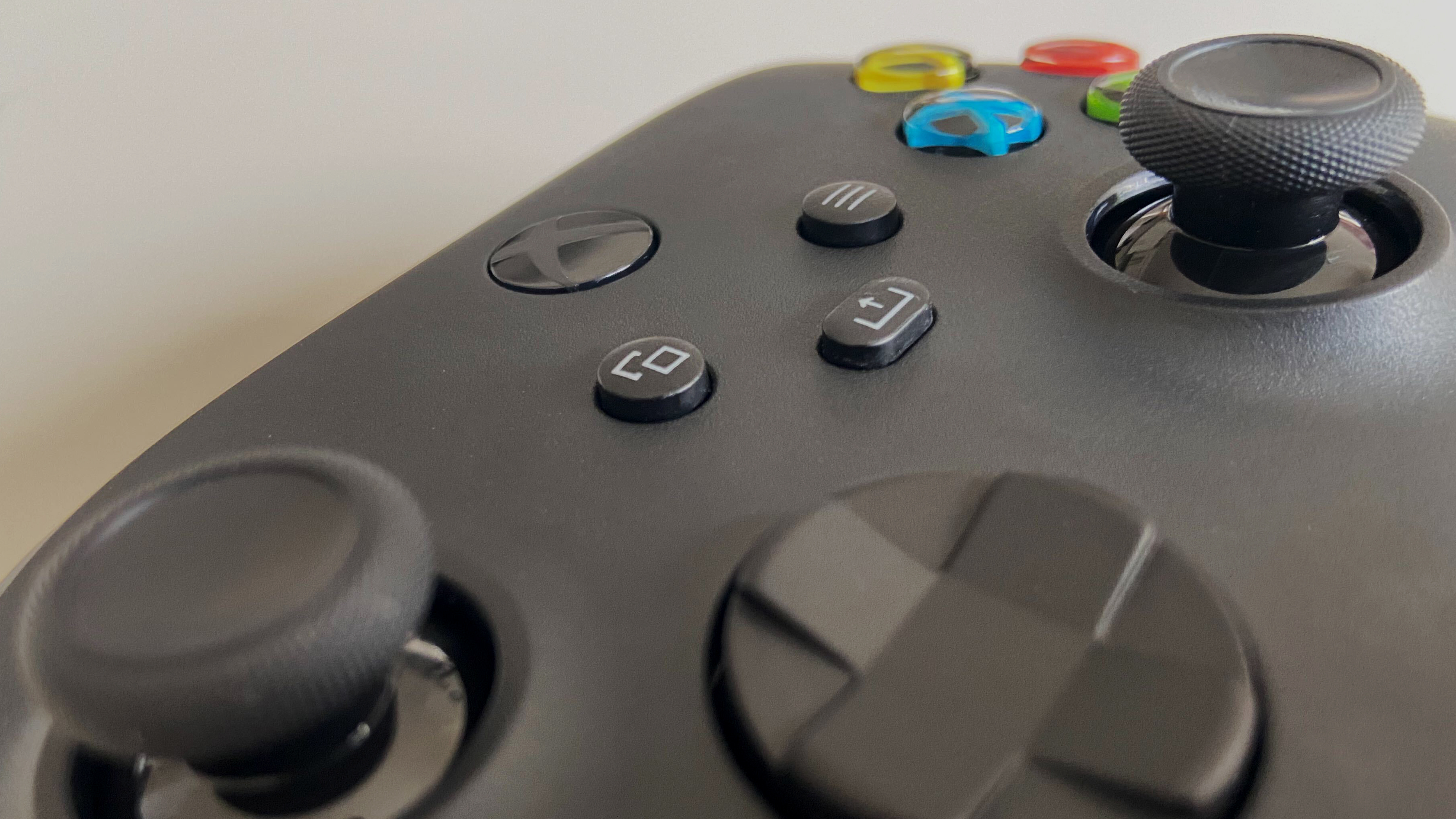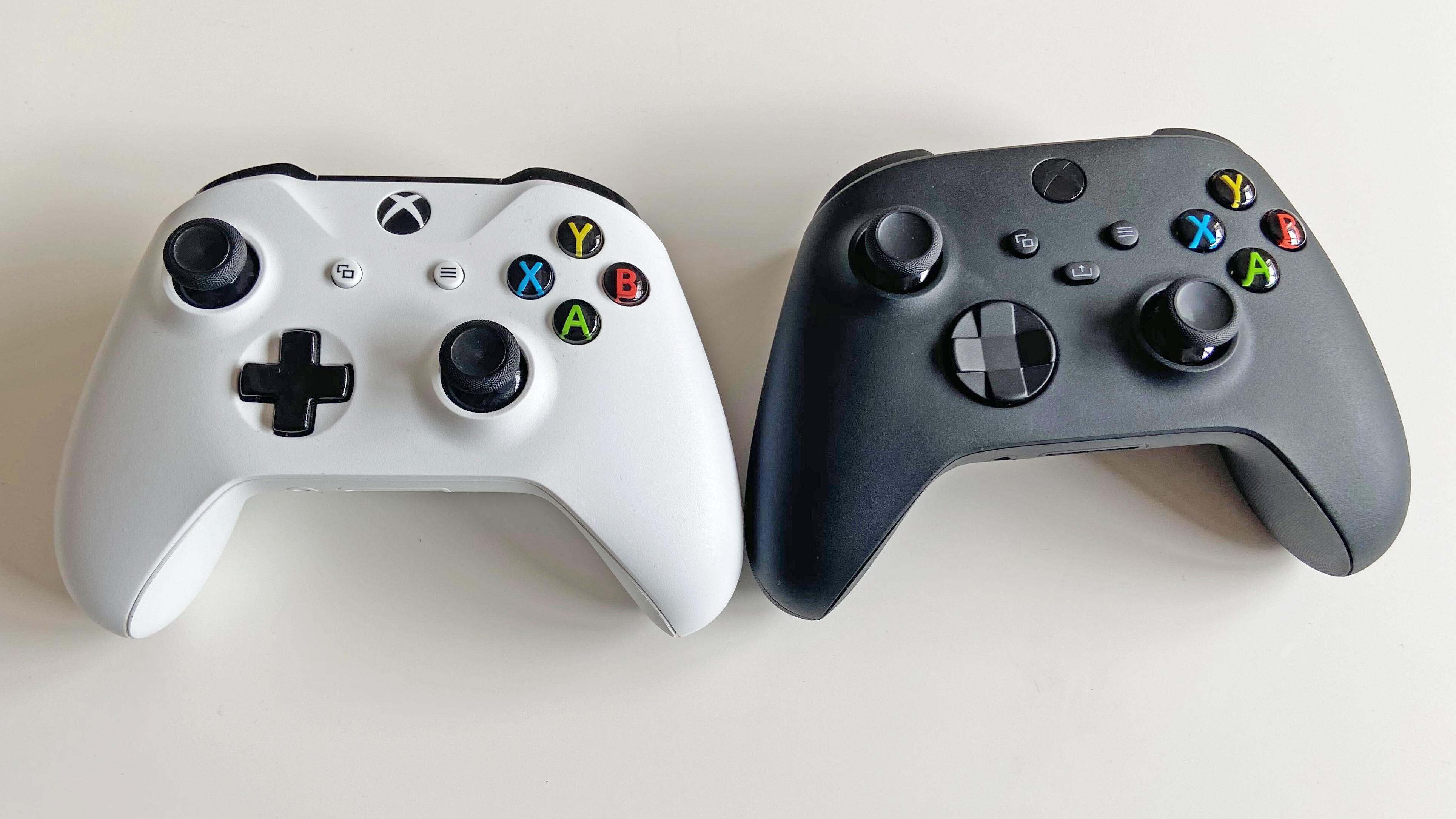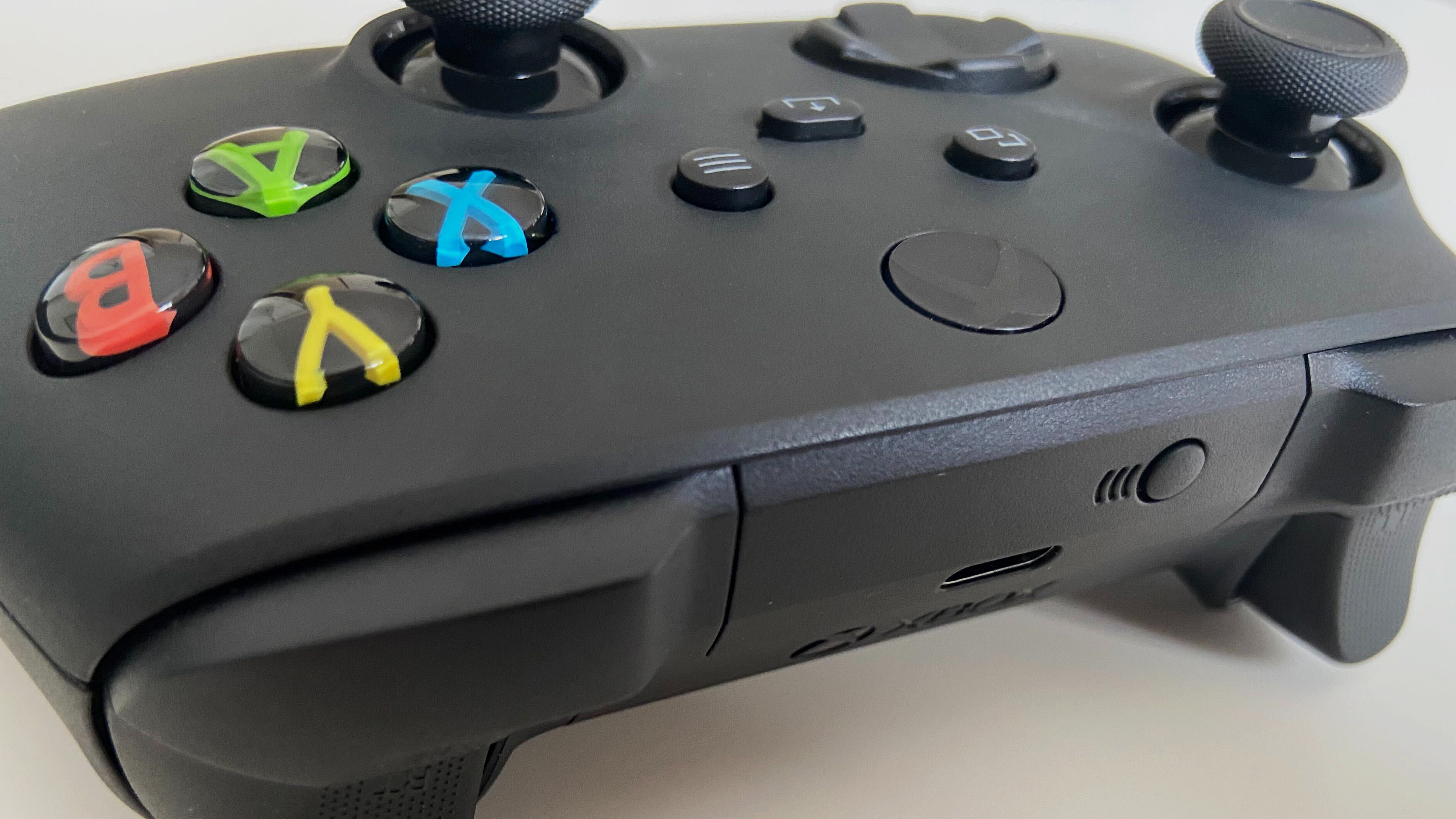
TechRadar has had hands-on time with a not-final version of the Xbox Series X. Look out for our full preview impressions in the near future.
My time with the Xbox Series X so far has taught me that the console is packed with meaningful quality-of-life improvements - Quick Resume, faster loading for backwards compatible games and how quiet the console is generally, for example. And the Xbox Series X Controller is another great example of this.
The Xbox Series X Controller isn’t actually a brand new gamepad - instead, it's a revised version of the Xbox Wireless Controller used with the Xbox One. With that in mind, it's formally called the Xbox Wireless Controller. But while it may bear the same name as its predecessor and a largely similar design, the Series X controller is a marked improvement over Microsoft’s previous core gamepads.
The Xbox Series X Controller feels familiar in the hand yet subtly different, with improved tactile textures and refined geometry making for a more ergonomically friendly (and comfortable) playing experience.
Microsoft’s new gamepad seems to take inspiration from the Xbox Elite Wireless Controller Series 2, offering some of the premium controller’s top-notch design features in a more affordable-feeling form. The result is a more sleek, affordable and accessible controller, which just feels nice to use.
- PS5 vs Xbox Series X: which console should you pick?
- Xbox Series X games: all the games confirmed for the new Xbox
- Where to buy Xbox Series X: all the latest stock updates
An improved, familiar design

On the surface, the Xbox Series X controller doesn’t look like a particularly drastic departure from its predecessor. It sports a similar shape, and keeps its traditional button and trigger layout. On closer inspection, though, you begin to notice the subtle differences Microsoft has implemented.
For a start, the gamepad’s previously glossy exterior has been replaced by a matte finish that closely matches the console’s design. While this certainly looks sleek, it does come with drawbacks. The controller easily picks up scuffs and scrapes that are quite noticeable on its matte finish and, considering the amount of hands-on time gamepads undergo, it’s possible that it will be hard to keep it looking in tip-top condition for years to come. However, other color variants of the controller are available (though don’t come included with the Xbox Series X box) and may be less prone to scuffs.
Get daily insight, inspiration and deals in your inbox
Sign up for breaking news, reviews, opinion, top tech deals, and more.
But that is a minor quibble and overall I found that the Xbox Series X controller resembles a more premium controller - both in look and feel.
The revised controller now boasts tactile texture on both the triggers, grips and bumpers, allowing for better grip. I found this small improvement made the controller feel more secure in my hands as the texture keeps the gamepad in place - without causing a rub rash. These textures are something we saw with the Xbox Elite Wireless Controller Series 2, which had textures on its legs and triggers - but not the bumpers. So seeing this implemented in the Series X controller is a welcome sight.
In addition, while the controller is the same size, the bumpers and triggers have been rounded and reduced in size which overall makes the gamepad feel less bulky. As someone with quite small hands, the Xbox One controller has often felt quite tanky, but this simple change improves comfortability in a subtle but noticeable way.
Perhaps the most noticeable changes to the controller are the addition of the ‘Share’ button and the hybrid D-pad. The Share button essentially acts as a capture button, allowing you to snap screenshots of your game at a simple click - but that's a subject for later discussion.
The hybrid D-pad, on the other hand, aims to provide a middle-ground between the Xbox One controller’s classic D-pad and the Xbox Elite Wireless Controller Series 2’s changeable disc-shaped, faceted D-pad. What results is a kind of traditional D-pad, laid over a disc. Again, this is a small but welcome change and is intended to give more control and leverage over the D-pad - while generally feeling more comfortable.
But there’s a lot about the controller’s design that hasn’t changed. The Xbox Series X controller keeps its 3.55mm audio jack and expansion port at the bottom, its USB charge port and pairing button at the top and its View, Menu and Xbox bottom on the face.
The best of both worlds

Outside of its industrial changes, the Xbox Series X controller has seen improvements in functionality too. Microsoft has promised lower latency, better connectivity and the ability for the controller to connect wirelessly to Windows 10 PCs, tablets, iOS and Android using Bluetooth.
Unfortunately, I can't speak about any of that yet. But, in terms of sheer design, the Xbox Series X controller is a clear improvement over its predecessors. Microsoft seems to have created a middle ground between its high-end premium Xbox Elite Wireless Controller Series 2 and its traditional Xbox One Wireless controller, resulting in a new controller that feels familiar but subtly improved.
With the Xbox Elite Wireless Controller Series 2 priced at a whopping £159.99 / $179.99 / AU$249.95, Microsoft is offering the average player a slice of its premium pie for a much more digestible $59.99 / £54.99 / AU$74.99. While you don't get the customization options and extra features that come with the Series 2, the Xbox Series X controller's design borrows enough from its premium sibling to make it feel like an upgrade.
- Xbox Series X Quick Resume is as seamless as you hoped
- Where to buy Xbox Series S: the new console for gamers on a budget
An award-winning games journalist, with seven years of experience in games journalism and a degree in journalism from City University, London, Vic brings experience from IGN, Eurogamer, The Telegraph, VG247, Dot Esports and more to the TechRadar table. You may have even heard her on the radio or speaking on a panel, as she’s previously appeared on BBC Radio 4, BBC Radio 5, BBC Radio Ulster and more. Not only is Vic passionate about games, but she's appeared on both panels and podcasts to discuss mental health awareness. Make sure to follow her on Twitter for more.